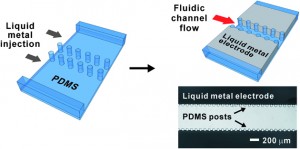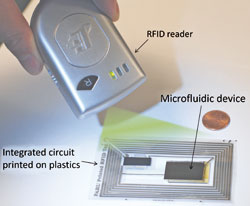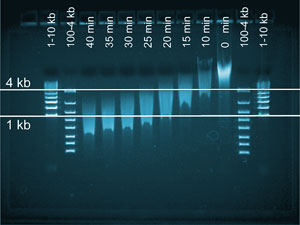Scientists in Japan have developed a portable influenza testing kit with better accuracy than current methods, which can give a result in 30 minutes.
Scientists from the Tokyo Medical and Dental University and Sony Corporation made a nucleic acid amplification testing (NAT) device that not only gives information on the sample’s genetic make up to identify the flu pathogen type, but is also more than 90 per cent accurate. The device works by detecting the genes of the influenza virus pathogen – an organism that causes the disease – which gives information about the virus subtype and drug resistance.
Current rapid diagnostic kits to detect the flu virus suffer from low accuracy (40-69 per cent) and don’t provide genetic information about the sample. One NAT in use to test clinical specimens is real time reverse transcription polymerase chain reaction, which involves amplifying, detecting and quantifying DNA sequences. It does give genetic information, but it consists of a complex procedure and takes 3-4 hours to produce results.
Sony’s detection system comprises: a laptop to control the system; a device for heating samples and detecting fluorescence; and disposable testing chips. The chips contain reaction wells made of polydimethylsiloxane sandwiched between two glass sheets in a vacuum chamber. Samples are injected into the wells through a port by a disposable injector, eliminating the need for pumps and tubing.

The detection system comprises: a laptop to control the system; a device for heating samples and detecting fluorescence; and disposable testing chips
Read the full article here
Link to journal article
Point-of-care testing system enabling 30 min detection of influenza genes
Tomoteru Abe, Yuji Segawa, Hidetoshi Watanabe, Tasuku Yotoriyama, Shinichi Kai, Akio Yasuda, Norio Shimizu and Naoko Tojo,
Lab Chip, 2011, DOI: 10.1039/c0lc00519c













 LOC is pleased to bring you the next instalment in our 10th anniversary
LOC is pleased to bring you the next instalment in our 10th anniversary 


